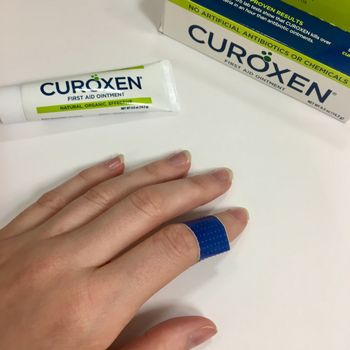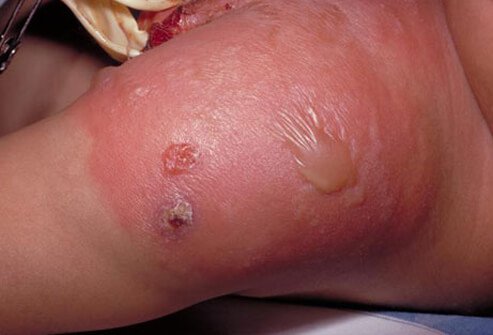
Staph infection is caused by an organism belonging to the group of Gram negative bacteria called Staph
Most doctors prescribe antibiotics for staph treatment. However, in extreme cases, untreated staph infection can lead to serious medical complications and even death.
Staph can enter your body through any wound you may have, be it cuts, scrapes or bruises. It can survive for up to six hours in the wound, so you will not see any signs of staph immediately. You will see the symptoms of staph as white patches or sores on your skin.
Staph infections can happen to anyone irrespective of age. They are extremely infectious and can easily spread through any contact with an open wound. These sores usually appear as red patches but sometimes appear blue-black. They can be found in and around the fingernails and toenails.
When you have an infection, you will see white patches that may itch or burn. The infection can also affect the inside of the skin or the hair. It can cause skin rashes that are very painful and uncomfortable.
Staph can grow in many places like on the skin, in the digestive tract, on the lungs and on the intestines. It can survive for many months without being detected and treated. It can cause infections in the heart, brain, kidney and liver. It can make your skin very dry and scratchy, which may result in scabbing of the skin rashes.
It is important to note that staphylococcal skin infection is highly contagious and can easily spread from person to person through contact. The most common source of staphylococcus aureus is the sharing of towels, clothing, and other items that come into direct contact with an infected person.
To prevent the spread of a staphylococcal skin infection, do not share towels, gloves, or anything else with an infected person or anyone who has the same symptoms. Also, do not share items such as toothbrushes or combs with an infected person. If possible, avoid using public showers and bathrooms, as they can spread bacteria very easily.
Staphylococcus aureus symptoms include fever, fatigue, redness, and swelling of the skin. It is advisable to take immediate action if you have ever experienced these symptoms before or for more than six weeks. Your doctor can help you identify the condition and make appropriate recommendations.

If you get Staphylococcus aureus, wash your hands immediately with soap and water. After washing, dry your skin with a clean towel. A must use an antifungal ointment or cream to get rid of the infection.
In cases of severe infection, you may need to see your doctor. If the infection is severe, you can take prescription medications such as amoxicillin or penicillin, which can kill the bacteria that cause the infection.
The problem with staphylococcus is that it can be effectively treated with antibiotics, and symptoms usually resolve within a few days. However, there is always a risk of re-infections.
Prevention is better than cure when it comes to infections. You can help to prevent your infection by cleaning your home. and clothing as much as possible with a disinfectant and keeping your hand to yourself.
Keep your home clean and dry. This may include putting in a humidifier if you have pets in your home.
Always put a handkerchief on your mouth when you are eating to help prevent any spillages. Make sure to dry your hands before touching others to prevent any transmission of the infection.
Make sure that you wash your hands regularly using antibacterial soap after using a toilet or after handling utensils or anything that is dirty. Keep your hands away from your face.
Remember that although prevention is always the best way to go, it is always advisable to seek medical advice if you think that you have an infection. You can also use home remedies that will help prevent the infection, but make sure to consult with your doctor first.
